Click to Skip Ahead
Note: This article’s statistics come from third-party sources and do not represent the opinions of this website.
Dogfighting has been illegal in the UK since the early 19th century, with several laws and bills passed to prosecute those who take part and enable dog fighting to happen. Despite these laws, the barbaric practice continues, involving different dog breeds and occurring in major cities and other areas. It is estimated that there is at least one dog fight taking place every day somewhere in the UK.
Top 10 Dog-Fighting Statistics in the UK
- In the UK, there were 9,000 suspected reports of organised dogfighting in a 5-year span.
- There has been a 34% increase in dog fights since 2020.
- There are more than 30 organised dog fights in England and Wales each month.
- The RSPCA was called out to stop 1,831 dog fights.
- Around 15% of veterinarians believed they have treated dogs engaged in illegal fights.
- Over 40% of investigated incidents of dog fights happen in the north of England.
- The Greater London area has the most incidents of dog fighting in the UK, with 91 investigations.
- The West Midlands had 59 incidents of dog fighting since 2019.
- For England and Wales, the penalty for dog fighting is 51 weeks of imprisonment, a fine, or both.
- In Scotland, the penalty is up to 12 months of imprisonment, a fine of up to £20,000, or both.
General Dog Fight Stats
1. In the UK, there were 9,000 suspected reports of organised dogfighting in a 5-year span.
(RSPCA)
Between 2015 and 2020, the RSPCA received information about 9,000 incidents related to dog fighting. The dogs that survived the training or the actual fight obtained horrid injuries to various parts of their body. In addition to the physical injuries, the dogs are damaged mentally. Only a few can recover fully from the trauma.
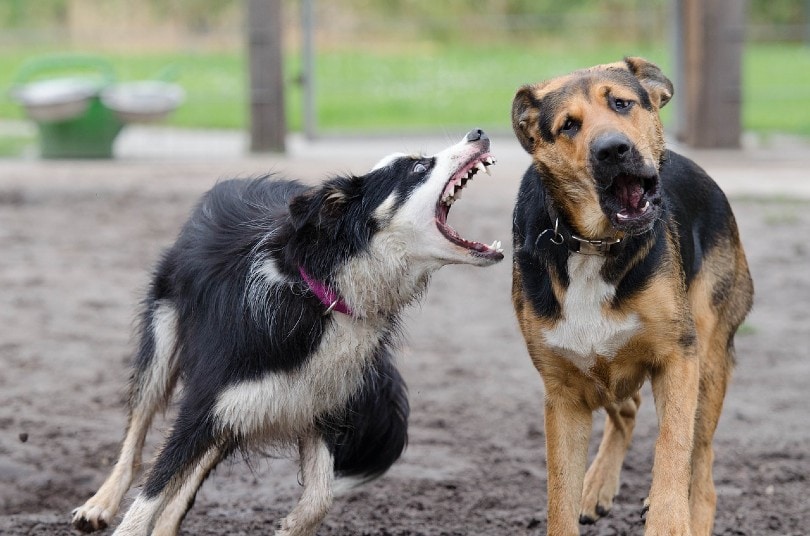
2. There has been a 34% increase in dog fights since 2020.
(Mirror.co.uk)
In 2023, the RSPCA recorded 560 incidents of organised dog fights. This is a steep increase from the 418 incidents recorded in 2020. The more people who report any suspicious activity, the more attention should be paid to the seriousness of the issue.
3. There are more than 30 organised dog fights in England and Wales each month.
(Wales Online)
In 2023, there was at least one organized dog fight a day in England and Wales. This number may fluctuate, but around 30 dog fights occur each month. This has increased since 2019, when only 19 incidents were reported.
4. The RSPCA was called out to stop 1,831 dog fights.
(Mirror.co.uk)
Despite the fact that dog fighting has been banned in the UK since 1835, the blood sport still continues. Out of the thousands of reports that were called in, the RSPCA’s Special Operations Unit stopped over 1,800 dog fights since they began heavily cracking down on this illegal activity.
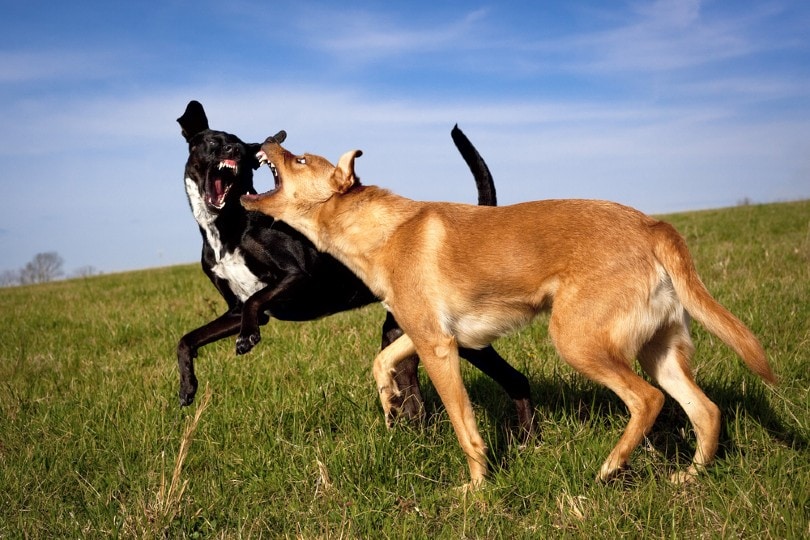
5. Around 15% of veterinarians believed they have treated dogs engaged in illegal fights.
(RVC)
A 2015 survey stated that 14.4% of veterinarian professionals suspect they treated a dog that had been involved in an illegal dog fight. There are some reasons why this percentage is so low. One of those reasons was concerns for the animal patient’s welfare if reported. Perhaps the dog would have been killed to hide evidence. Another concern was breaking client confidentiality.
Locations of Dog Fighting in the UK
6. Over 40% of investigated incidents of dog fights happen in the north of England.
(The Northern Echo)
It was reported that 42% of the uncovered dog fights occurred in the North of England, making it one of the worst regions in England in terms of the number of dog fighting incidents. Between 2019 and 2023, the Greater Manchester area had 82 investigations, West Yorkshire had 69, and Lancashire had 56.
7. The Greater London area has the most incidents of dog fighting in the UK, with 91 investigations.
(The Northern Echo)
Although dog fights can take place in rural areas, far away from the public eye, inner-city warehouses are another popular place to have this blood sport. The Docklands is an area with a lot of warehouses, which might be prime locations to have dog fighting.
8. The West Midlands had 59 incidents of dog fighting since 2019.
(Birmingham Mail)
Despite COVID-19 restrictions, the UK continued to have dog fighting. The West Midlands area had almost 60 reported dog fighting incidents. The term “hot spot” is often used to describe areas where dog fights have happened consistently; however, it is hard to pinpoint the exact number which makes these locations “hot spots”.
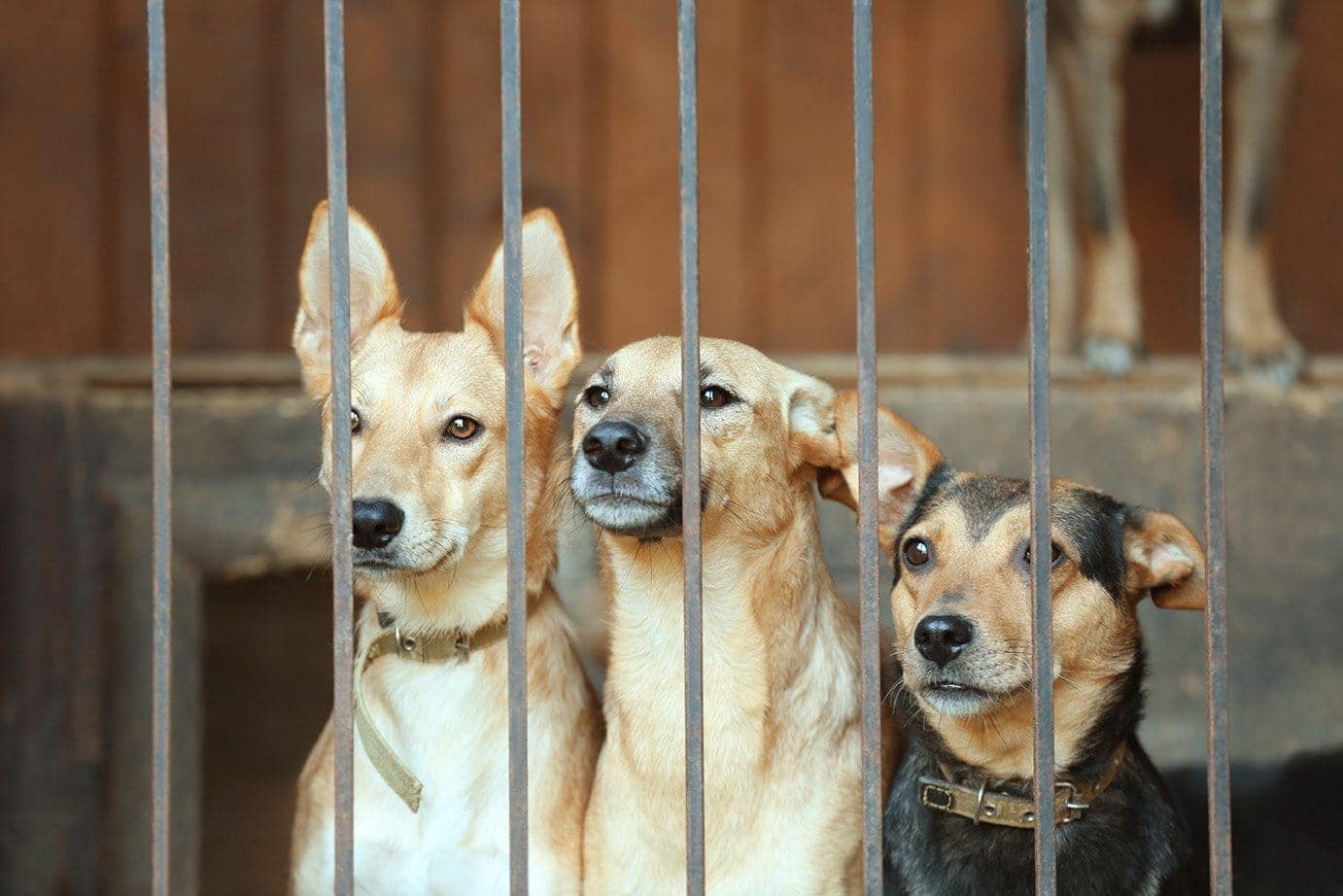
Penalties for Dog Fighting in the UK
9. For England and Wales, the penalty for dog fighting is 51 weeks of imprisonment, a fine, or both.
(Commons Library)
The penalty for dog fighting was established in Section 8 of the Animal Welfare Act 2006 for England and Wales. While the fines were not set, 51 weeks of imprisonment is the standard. However, depending on the verdict, the individual(s) may face both the imprisonment and the fines.
10. In Scotland, the penalty is up to 12 months of imprisonment, a fine of up to £20,000, or both.
(Commons Library)
Section 23 of the Animal Welfare Act 2006 for Scotland is a little bit different from Section 8 for England and Wales. The maximum fine for dog fighting is £20,000 and up to a year in prison. The legal system takes punishing people involved in dog fighting seriously. But it is hard for the Special Operations Unit to apprehend all those involved in dog fighting.
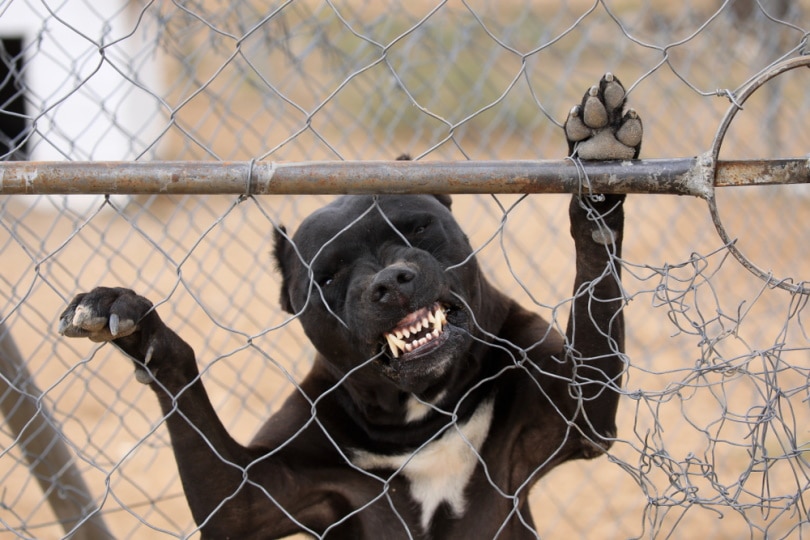
Frequently Asked Questions About Dog Fighting
How Many Dogs Die From Dog Fighting?
Dog fighting is an illegal and now underground sport. While it does still happen, dog owners typically administer their own treatments to injured dogs. Those dogs that are considered too injured to recover are killed. Very rarely are fighting dogs seen by registered vets, and even more rarely are their deaths reported. As such, there is no way of knowing how many dogs die in this way, but considering at least several hundred fights take place each year, it is likely that it numbers in the dozens or more.
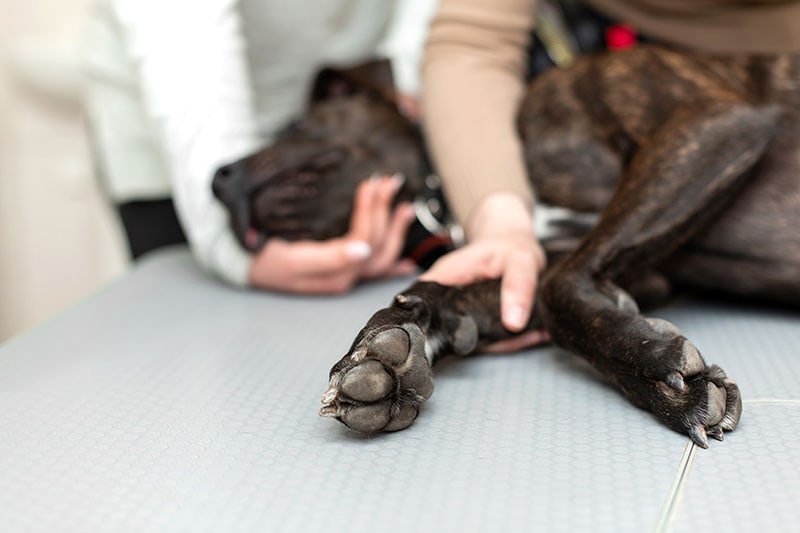
What Breeds Are Used for Dogfighting?
The American Pit Bull is considered the most aggressive and efficient fighting dog, and while some examples do still exist in the UK, they have become less common since the 1990s. The Staffordshire Bull Terrier is now one of the most popular breeds, but Rottweilers, German Shepherds, and Mastiffs are also commonly used.
Are Bait Dogs Real?
Unfortunately, bait dogs are real. They are non-aggressive dogs that are put in a ring or enclosure with a fighting dog to test their fighting instinct while ensuring that the prize dog does not get injured. Many bait dogs die from their injuries.
Do Dog Fighters Use Cats as Bait?
Smaller animals are also used similarly. They tend to be put just out of the reach of a tethered dog, which will strain against their leash to get to the animal, strengthening their upper body and encouraging them to attack. Eventually, the dog is released to kill the bait cat or other bait animal.
Conclusion
Dog fighting is illegal in most countries around the world, but it does still continue in countries like the UK. Fights can range from amateur one-off fights in parks or on private property to organized events with prize money and big-money gambling. Although the offense is illegal, it is difficult to detect and even more difficult to prosecute, with just a handful of convictions made each year.











